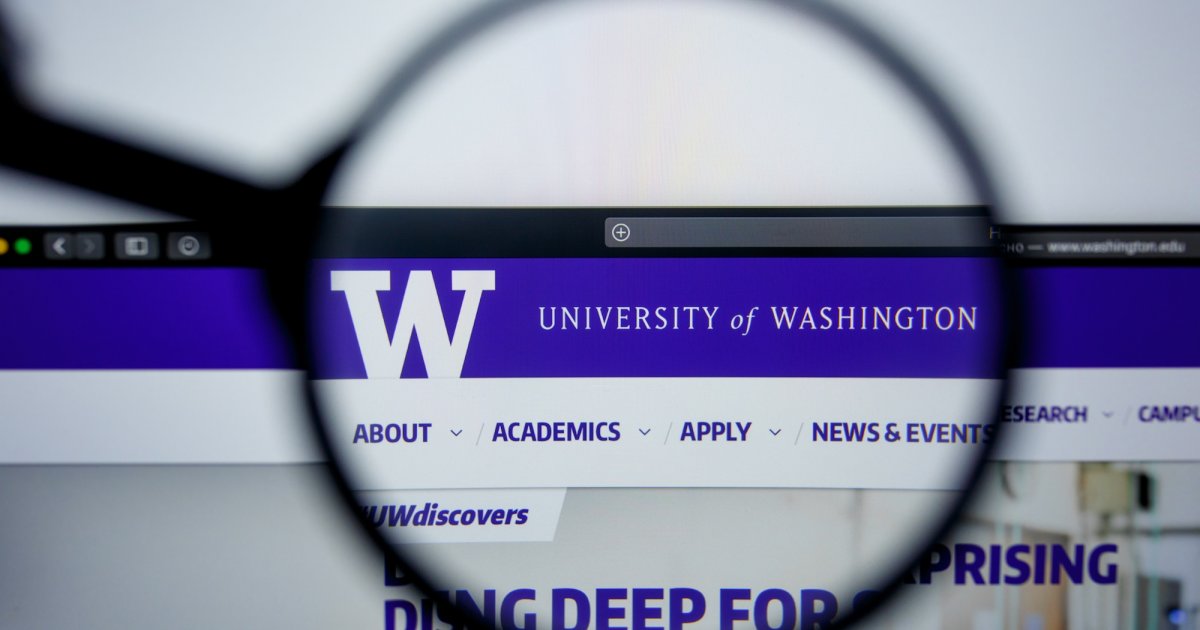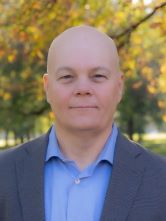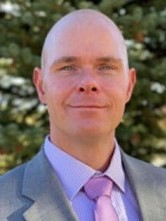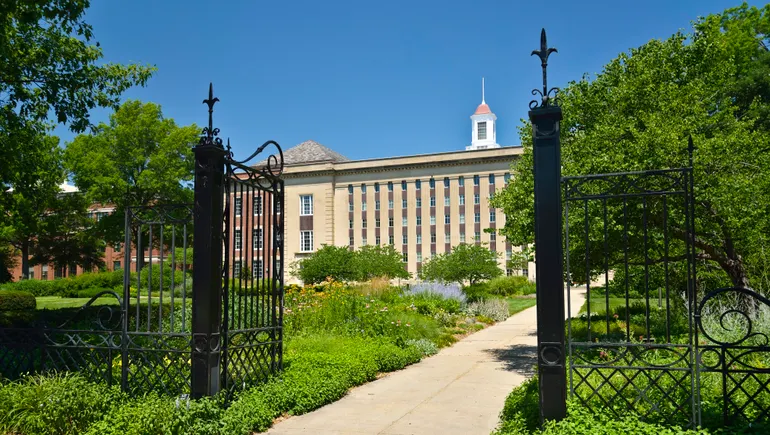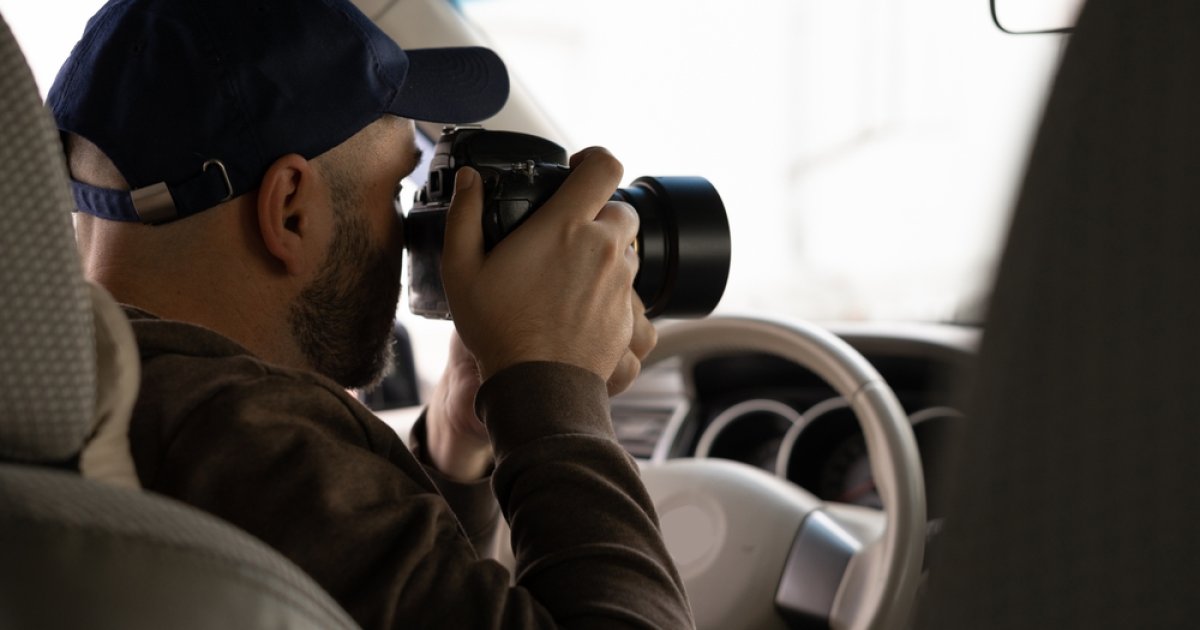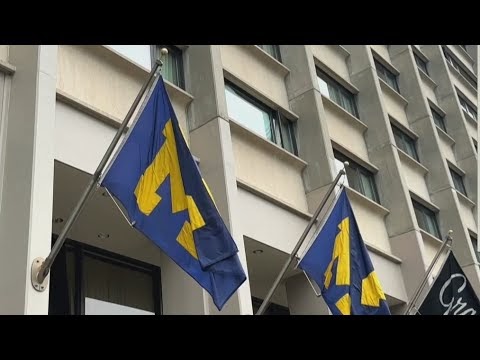In Soviet-era Romania, police falsely accused engineer Aurel Bulgac and his wife of espionage and imprisoned him for six months. Seeking refuge in America, Bulgac channeled his passion for physics into a professorship at the University of Washington in Seattle, where he taught without incident for more than 30 years.
That would change in the fall of 2023 when Bulgac used a hypothetical involving a small bread knife to encourage students to take the subject seriously. Through a surreal disciplinary process he describes as more nightmarish than Cold War repression, UW banned him from campus and hid evidence to get him to confess to a crime he didn’t commit. Fortunately, Bulgac reached out to FIRE’s Faculty Legal Defense Fund, which set him up with legal representation to vindicate his rights and restore him to the classroom.
Teaching physics on the cutting edge
In October 2023, during office hours with two students, Bulgac referred to a Japanese yakuza ritual where members cut off a portion of their little finger as an act of atonement or display of loyalty, called “yubitsume”. To drive home his point about taking physics more seriously, Bulgac took out a small bread knife, placed it on his desk, and asked students if they were confident enough in their answers to physics questions to voluntarily cut off their own pinky fingers if they were wrong.
It was an intense hypothetical, to be sure, but the two students took it as nothing more than colorful hyperbole. They remained in Bulgac’s office, continued in class, and earned good grades.
One student later told an advisor about the incident, making clear he never felt threatened. Even after the advisor encouraged the student to file a complaint with campus safety, the student declined. The story should have ended here.
But administrators were already demanding their pound of flesh. Instead of dismissing the situation as the student wished, UW banned Bulgac from campus, framing the decision as a “form of protection” for Bulgac. The university failed to provide a clear timeline or indication of when Bulgac could return to in-person teaching. And the university never actually told him whether a formal complaint about the situation existed, making it difficult to defend himself.
Though Bulgac certainly didn’t expect university administrators to behave like Soviet-era apparatchiks, he knew his rights and fought back with FIRE’s help.
For nearly a year, Bulgac could not offer in-person office hours, attend scientific seminars, interact with his peers in the department, or work effectively on his Department of Energy research grants. With no end in sight to the university’s investigation, Bulgac was in procedural limbo. So he contacted FIRE’s Faculty Legal Defense Fund, which provides legal representation for public university faculty facing administrative discipline. FLDF immediately put him in touch with FLDF attorney Michael Brown of Seattle’s Gordon Tilden Thomas & Cordell LLP.
With Brown on Bulgac’s side, the pair got to work.
Bread knife of Damocles
The university never actually told Bulgac whether a complaint about the incident even existed, making it difficult to defend himself. Brown had to file open records requests to get any information from the university about the specific allegations. Finally, in early 2024, UW offered to reinstate Bulgac, but only if he took multiple training courses on communication, attended at least 10 coaching sessions with a university-approved instructor, and apologized to the students. Cutting deeper, UW conceded there was no threat—yet still sought sanctions.
Brown countered by explaining why Bulgac’s speech was protected by academic freedom. UW itself defines academic freedom as “the freedom to discuss all relevant matters in teaching, to explore all avenues of scholarship, research, and creative expression, and to speak or write without institutional discipline.” He also pointed out the university’s hypocrisy in violating its pledge that “faculty members are free to express ideas and teach as they see fit, based on their mastery of their subjects and their own scholarship.”
Bulgac’s rhetorical question did not approach the line of being an unprotected, punishable true threat, or a “serious expression” of an intent to commit unlawful violence, and academic freedom gives faculty breathing room to determine how best to approach their own pedagogy.
In September 2024, the university finally restored Bulgac to the classroom — no apologies or training required.
“This disciplinary process should have ended with Bulgac’s explanation and the student’s confirmation that he did not feel threatened,” said Brown. “Bulgac’s hypothetical fell well within the zone of academic freedom afforded professors to teach as they see fit, without fear of reprisal from the university administration. As the courts have made clear, that freedom is critical to the proper functioning of universities as places for open and robust sharing of ideas. We were very pleased to work with FIRE to secure a resolution that brought this episode to a close without further damage to Bulgac’s ability to continue to do the important work he has been doing at UW since 1993.”
Though Bulgac certainly didn’t expect university administrators to behave like Soviet-era apparatchiks, he knew his rights and fought back with FIRE’s help. If you are a faculty member facing punishment for your expression or teaching, contact FIRE.

